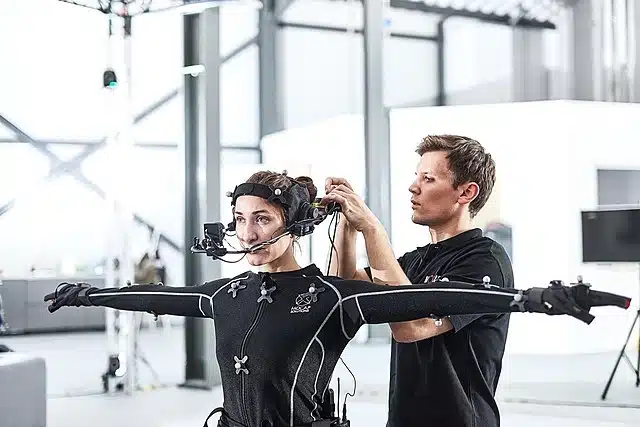Both Avatar films, the saga of James Cameron, will leave their mark on the history of cinema. There is a good chance, however, that they also have something to say in the world of research.
In fact, not only have they been successful at the box office: they have also done their part in the laboratory. Researchers have begun using motion capture technology used in films to study the onset of two genetic disorders that progressively reduce patients' mobility.
I see you
Current motion capture technology uses wearable sensors and, sometimes, dots painted on the face to record an actor's movements. When James Cameron began filming the first Avatar, he wanted to find a way to transfer the actors' facial expressions to the Na'vi, the fantastical characters who populate the film.
For this, he pushed the New Zealand studio Wētā FX to perfect their motion capture techniques. How? By developing an innovative optical system to track the movements of the actors' eyes and revolutionizing this field.
In the end, Cameron and Wētā's motion capture technology provided far more detail than the systems used in other films.
Motion capture, not just cinema

The core of the research is precisely the degree of detail achieved by this motion capture technology. Monitoring people's mobility with these methods could be decisive in the fight against two diseases: Friedreich ataxia (FA) and Duchenne muscular dystrophy (DMD).
Both cause a gradual deterioration of cardiac and neurological function, as well as muscle strength of patients. Both progress slowly, making early assessment of symptoms essential: only then can doctors help patients develop an effective treatment plan.
The research
In a recent article published in the journal Nature Medicine (I link it here), scholars describe how they used wearable sensors and artificial intelligence to determine the severity of these disorders and predict their evolution.
Doctors usually evaluate the progression of diseases such as muscular dystrophy and muscle atrophy with methods that leave room for error and require a long time to have a long-term projection. By using motion capture sensors and artificial intelligence to monitor patients, we can do better and in less time.
“Medical” Motion Capture: what now?
Encouraged by the positive results, the researchers are now seeking approval to use Avatar's motion capture technology in larger trials. If they receive it, it will be the beginning of probably decisive analyzes for the treatment of Ataxia, dystrophy and other diseases.
A nice circle that closes, considering the fact that these diseases (also) cause forms of disability, and that the protagonist of Avatar freed himself from disability by "placing himself" in the shoes of a Na'vi.

